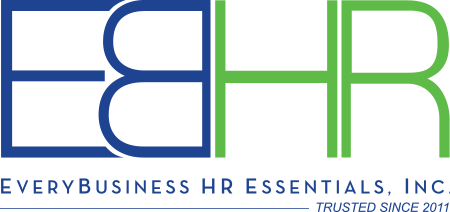In our last post, Part 1 of our “The Great Resignation” series, we talked about jobseeker and employee expectations of working remotely.
We spoke about how the pandemic has had a profound effect on jobseekers and current employees – and caused a sort of awakening. The result has been numerous jobs that have gone unfilled and employees quitting in droves.
In this post, we’ll take a look at hiring and company culture. There’s two aspects to this: why should jobseekers work for your company and who are you looking to hire?
Before you place that ad to hire your next employee, you want to take an honest look at your company culture, pay, benefits, diversity, and flexibility. Not every company can compete in all areas, but be transparent about what you do offer. If you are offering minimum wage and that is truly all you can offer, think about other perks and benefits that may be attractive to candidates. Do you offer flexible hours? Summer Fridays? Bring your dog/cat to work? What low-cost perks can you offer? Do you offer tuition reimbursement?
If you’ve tried all these things and it clearly comes down to compensation and benefits, you may need to evaluate these to see if you are in alignment with what other businesses are offering in your region to stay competitive in this market. Keep in mind that looking up free resources on the Internet may not produce accurate data. This is where EBHR can lend support!
The second aspect is casting a wider net in your applicant pool. Consider people returning to the workforce, military veterans, partially-retired workers, high school, and college students. Many people have cross-transferable skills, and with a bit of training, could easily be an asset to your organization. You may also consider candidates who are looking to change careers or who have an unusual career trajectory. Too often, companies are looking for that elusive unicorn, but there are many people who simply need to be given an opportunity to shine.


